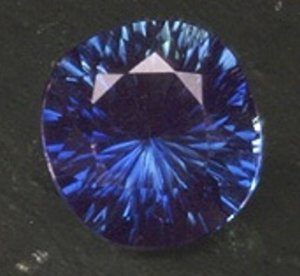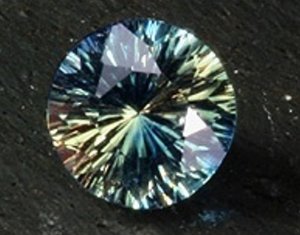luvthemstrawberries
Ideal_Rock
- Joined
- Jun 19, 2008
- Messages
- 2,107
I have been eyeing some sapphires online and wanted to see if you colored stone experts out there could explain to me what "secondary" colors are. Most of these are blue sapphires. One says it has "teal secondaries," and one has "green secondaries." I''m curious if that just means the secondary color shows up in certain lighting, or is it always present? The one with green secondaries is ovbiously 2 different colors in its picture - it almost looks like a pinwheel with 2 very different shades in quarters of the stone. Do secondaries affect the performance of the stone? What are reasons it would be undesired?







300x240.png)